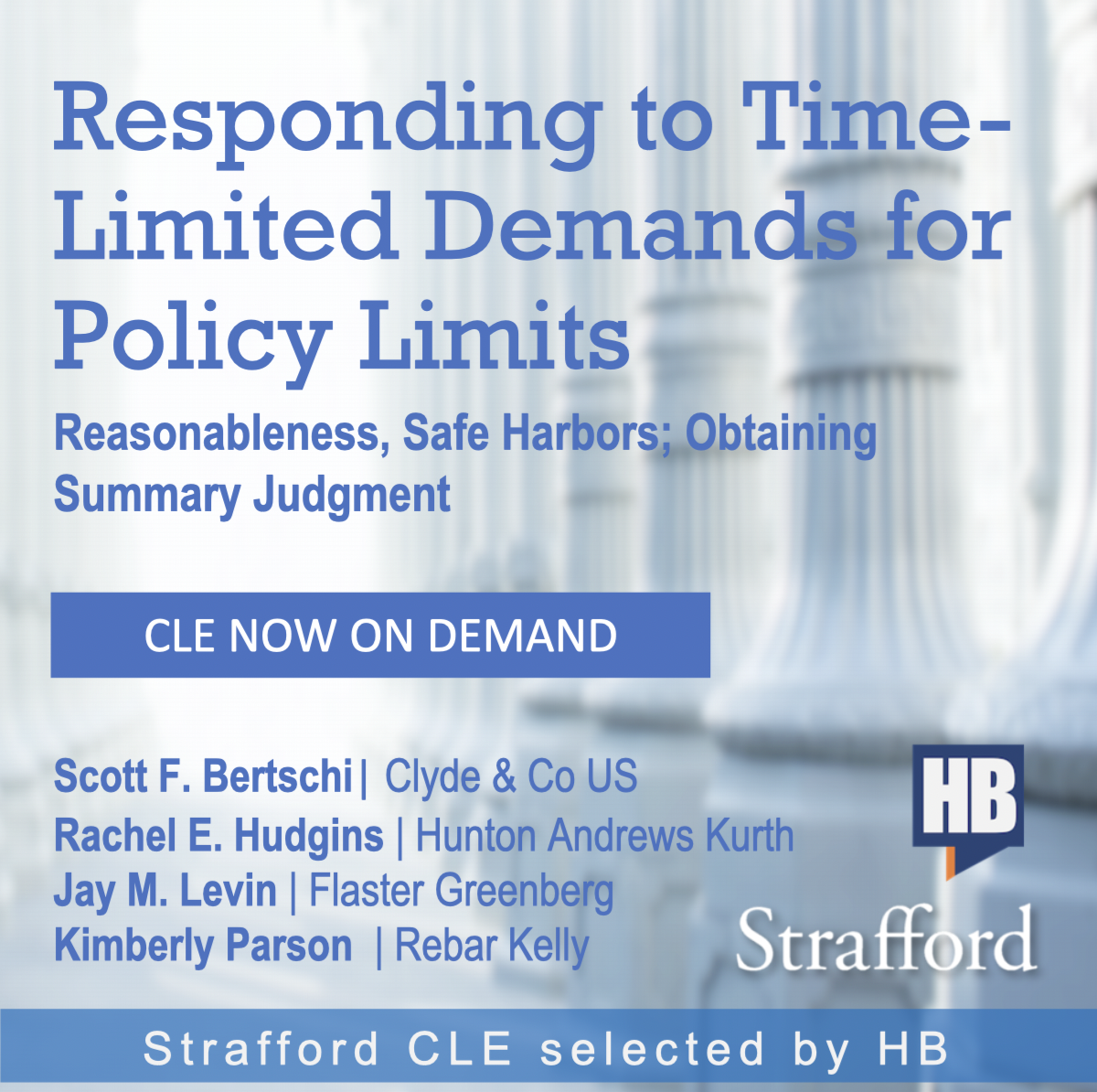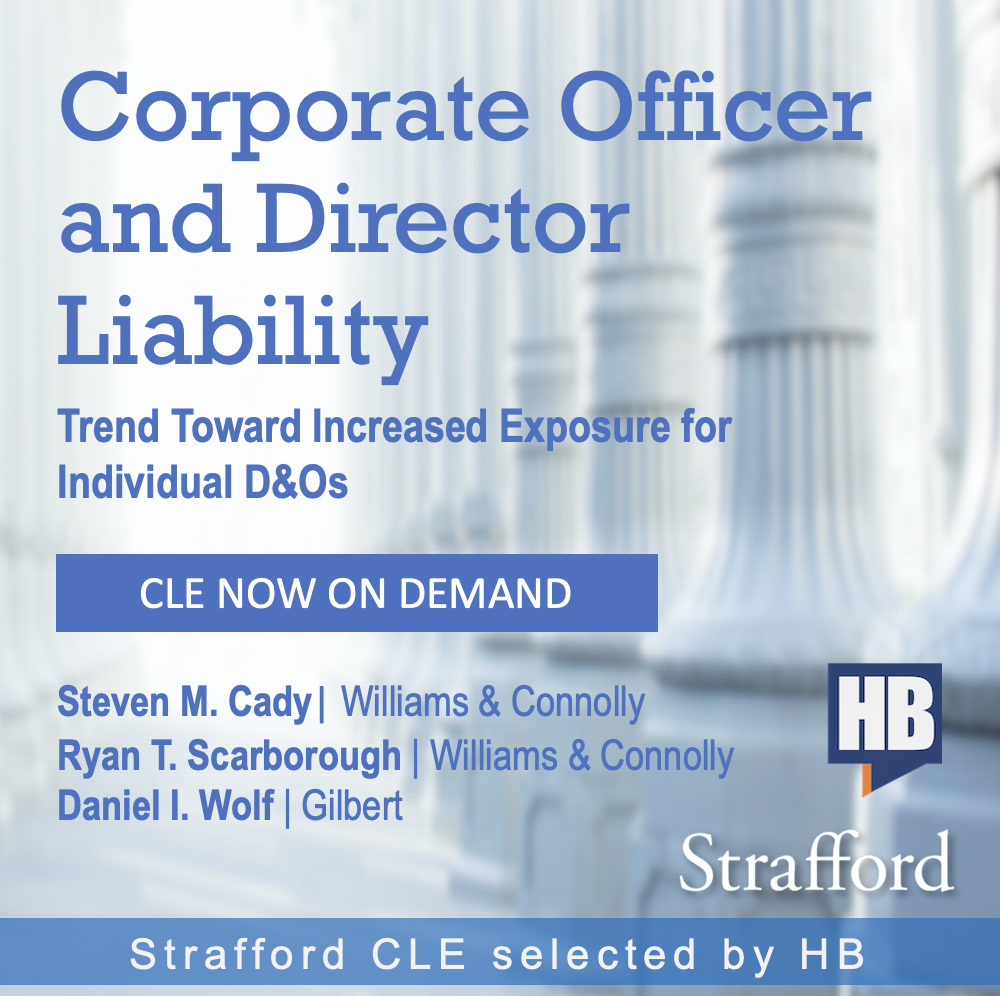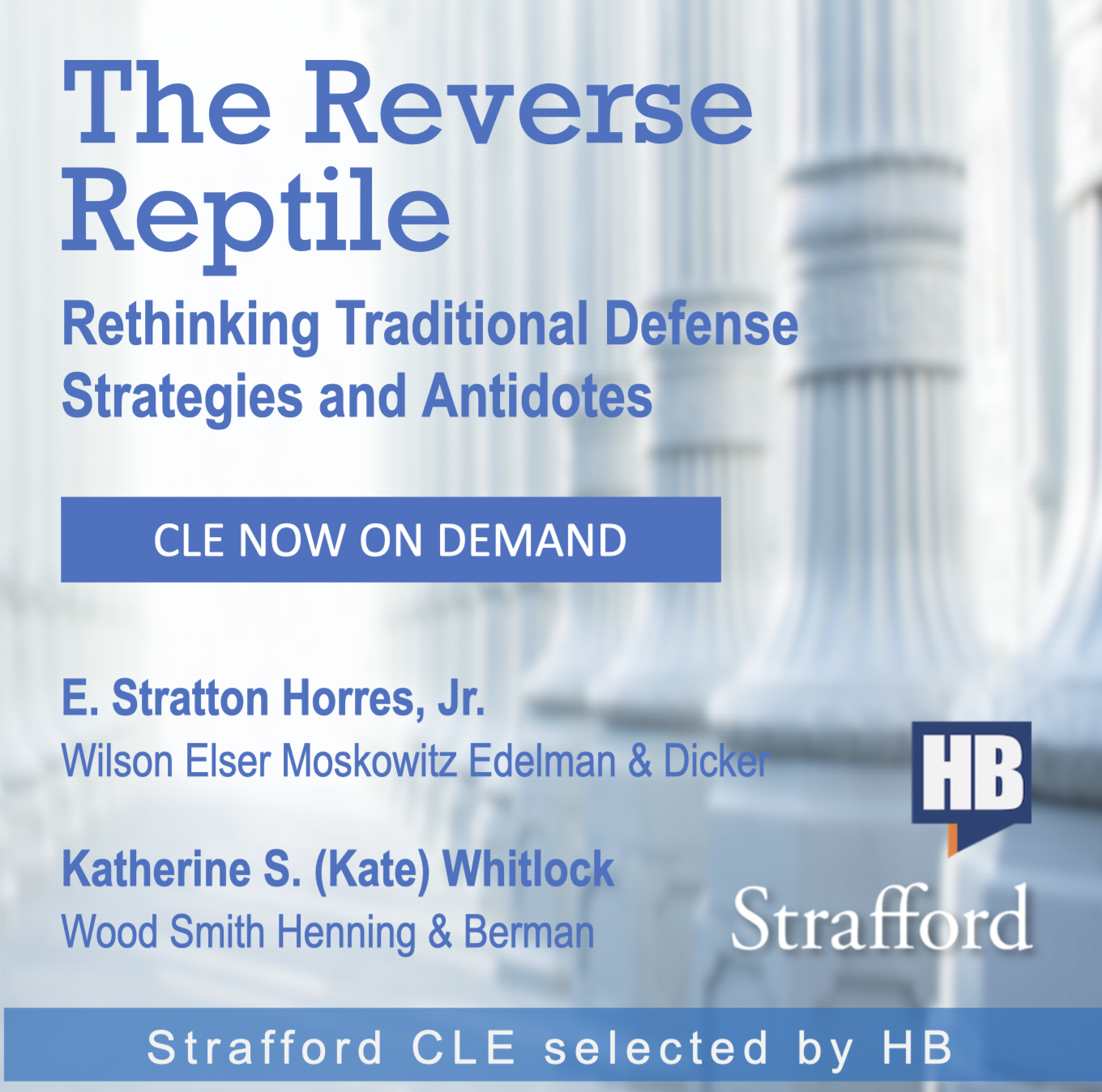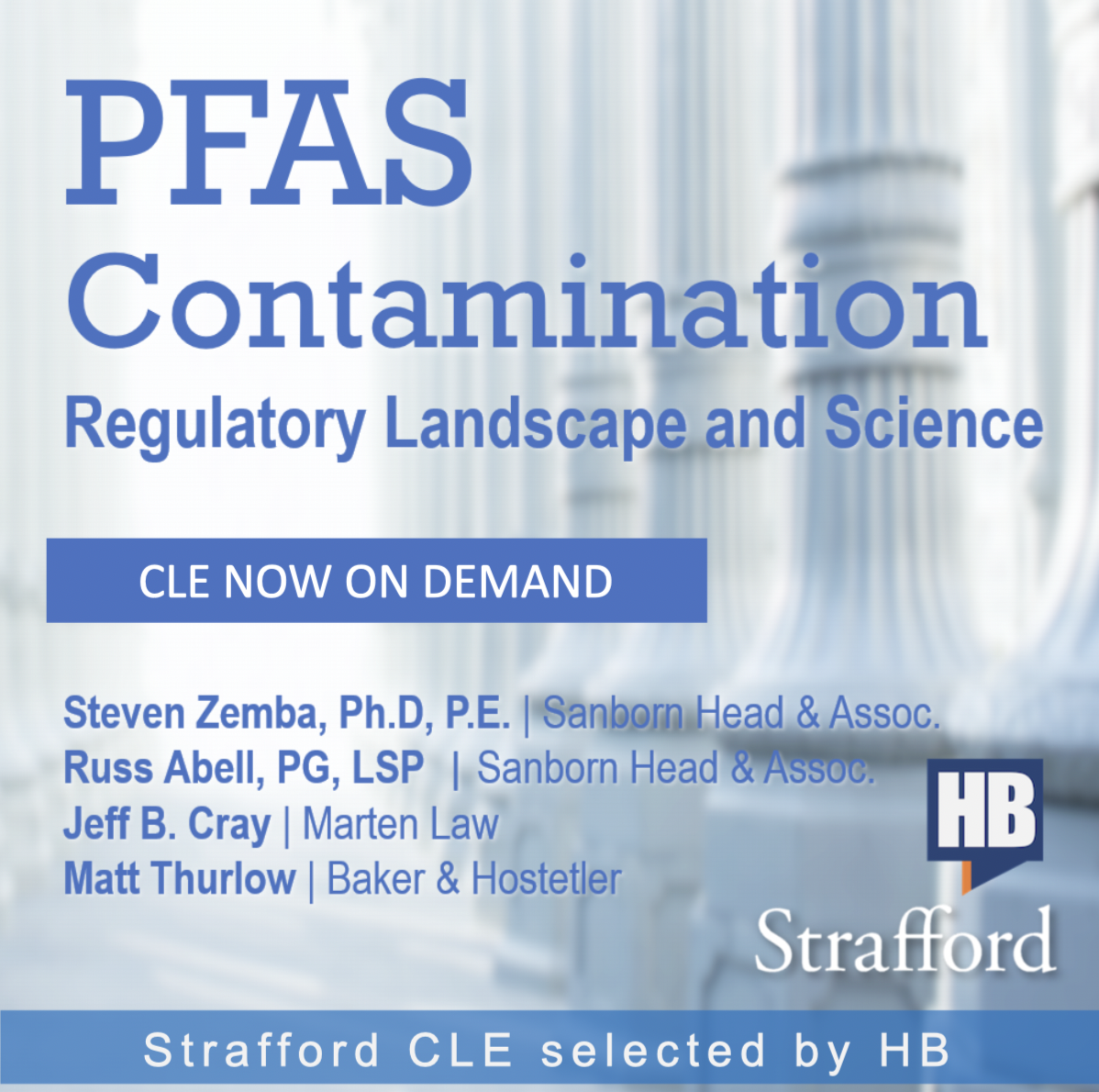Company Offers to “Pay” Part of Settlement with Addiction Pharmaceuticals
While the Sackler family has upped the ante, the settlement is met with some groans and skepticism.
Jessica Hartogs, Editor at LinkedIn News:
“Purdue Pharma has offered up a $10 billion restructuring plan that would pay $500 million up front to settle approximately 135,000 claims linked to the company’s role in the opioid epidemic. The Sackler family would pay more than $4 billion over a decade and also give up domestic ownership of the company, which is alleged to have fueled the deadly national opioid crisis with its OxyContin drug. They would also admit no wrongdoing. Two dozen state attorneys general immediately rejected the plan, reported NPR.”
Charlie Kingdollar, Retired Emerging Issues Officer at Gen Re:
Members of the Sackler family offered roughly $4.3 billion to resolve sprawling opioid litigation, up from $3 billion initially proposed in settlement discussions.
“The new settlement plan put forth by the Sacklers is $1.3 billion higher than their original offer and if approved it will be used to reimburse states, local governments, Native American tribes and other plaintiffs who have successfully sued Purdue for its role in fueling the opioid crisis… As part of the proposal, the $4.28 billion from the Sacklers will be paid in installments over a decade and additionally the company would pay around $500 million in cash up front.”
Purdue’s chapter 11 plan must be approved by a bankruptcy judge and likely will be challenged in court by individuals who have suffered injuries from opioids and state attorneys general who have not signed onto the deal. A final resolution isn’t expected before the summer. “We’re going to keep fighting for the accountability that families all across this country deserve,” said Massachusetts Attorney General Maura Healey, who, along with 23 other attorneys general, voiced opposition to the plan Monday and called for greater transparency and more money upfront from the Sacklers.
Fred Johnson, Attorney, Spencer Fane LLP:
“[T]he company that introduced America to OxyContin and is alleged to have ushered in the opioid epidemic in the country, has proposed a $10B settlement to resolve 1000s of civil lawsuits and other civil and criminal matters and its bankruptcy, and allegedly intends to fund part of the settlement through the sale of ‘overdose reversal’ and addiction treatment drugs that it has in development. Seriously.”
Responding to Time-Limited Demands for Policy Limits: Reasonableness, Safe Harbors; Obtaining Summary Judgment
Responding to Time-Limited Demands for Policy Limits: Reasonableness, Safe Harbors; Obtaining Summary Judgment A time limited policy limits demand to a defendant's insurer is a frequent tool used by plaintiff's lawyers in an attempt to force crucial decisions on limited information. They have the capacity to force crucial decisions, sometimes with limited information and with very little time to decide. Bad faith liability can arise from the improper rejection or non-payment of a time-limited demand, often without showing intentional wrongdoing or motive.What constitutes a valid demand that triggers the obligation to respond and what constitutes a proper response has generated a broad body of case law. Statutory or judge-made "safe harbors" may allow a range of responses, but these rules can be narrowly construed and easily misinterpreted.If a bad faith claim is filed, the reasonableness standards that apply in a time-limited demand situation make summary judgment challenging but by no means impossible, as demonstrated by recent decisions in key jurisdictions.Listen as this experienced panel of insurance attorneys guides counsel through responding to time-limited demands and offers a roadmap to summary judgment if a bad faith case is filed. Outline Essential elements of a policy-limit, time-limit demand Standards for evaluation of time-limited demands Statutory Common law Covered vs. uncovered claims Safe harbors Roadmap to summary judgment if bad faith alleged CLE On Demand Webinar A Strafford production specially selected for HB audiences. Scott F. Bertschi Partner Clyde & Co US Rachel E. Hudgins Attorney Hunton Andrews Kurth Jay M. Levin Member Flaster Greenberg Kimberly Parson Partner Rebar Kelly The panel will review these and other pivotal issues: Who can make a time-limited demand, and is client consent required? Does the insurer have a duty to settle or a duty to make reasonable settlement decisions? Must the demand include any particular information? What is the importance of releases, indemnification, and lien treatment offered or omitted from a demand? Can the insurer consider coverage defenses or questionable liability when responding? [...]
Corporate Officer and Director Liability: Trend Toward Increased Exposure for Individual D&Os
Corporate Officer and Director Liability: Trend Toward Increased Exposure for Individual D&Os D&Os owe statutory and common law duties to shareholders, including fiduciary duties of care and loyalty. As long as they take reasonable steps to inform themselves and discharge their duties, D&Os are supposed to be protected by the business judgment rule. But this protection is not absolute, and even allegations of violations or breaches of fiduciary duties can lead to an expensive, time-consuming lawsuit with potentially devastating personal liability for directors, officers, and LLC managers. Our panel of experienced litigators from Williams & Connolly LLP and Gilbert LLP will discuss lessons learned from recent actions by federal and state regulators to hold individual D&Os liable for corporate misconduct. In addition, the panel will address recent cases where courts have made it easier to sue directors or officers in their individual capacities. The CLE will provide practical guidance on how to mitigate personal liability and fund the defense of individuals, including indemnification provisions and D&O insurance, without waiving privilege. Outline Director and officer liability Fiduciary duties Business Judgment Rule: statute/common law Limitations at the MTD stage Exposures Damages Disgorgement Penalties Recent efforts to impose liability on individual D&Os Government enforcement action DOJ SEC Other regulators Individual shareholder actions Direct shareholder actions Derivative shareholder actions Mitigating personal liability Indemnification Limitations Discretionary nature of advancement D&O insurance Understanding Side A and Side B coverage What constitutes a “claim” and when to provide notice Key exclusions: regulatory exclusion; insured-versus-insured exclusion; conduct exclusion Best practices Indemnification D&O insurance Mitigating risk of privilege waivers in communications with insurers A Strafford production specially selected for HB audiences. Steven M. Cady Partner Williams & Connolly Ryan T. Scarborough Partner Williams & Connolly Daniel I. Wolf Partner Gilbert The panel will address these and other key issues: Primer on the basics of D&O liability The trend for individual D&O exposure in government enforcement actions How D&Os can mitigate risk, including when a state allows shareholders to file direct claims of [...]
One Insured, Multiple Insurers, Multiple Lawsuits: Managing Liability, Settlement, and Coverage Issues
One Insured, Multiple Insurers, Multiple Lawsuits: Managing Liability, Settlements, and Coverage Issues Seemingly intractable problems can arise when a single defendant has been sued multiple times and may have coverage for some or all matters from multiple insurers. Often there is considerable debate over the defendant's liability and insurers' duty to defend claims and in which courts. Subrogation and indemnity considerations often permeate negotiations.Efforts to resolve underlying matters, whether by settlement or otherwise, are complex and require advanced strategies to prevent misunderstanding and insurers from working at cross purposes. Insurers must often convince plaintiffs in the litigation and their fellow insurers about the reasonable value of various claims. Insurers must always be ready with strategies when an insurer refuses to fund a judgment or settlement. Listen as this esteemed panel of seasoned insurance counsel guides attendees in managing coverage, liability, and settlement issues that arise when a single policyholder is sued multiple times and has been insured by numerous insurers over time. Outline Overview Duty to defend and defense costs Duty to settle, mediation, and insurer consent Duty to indemnify: managing the unwilling insurer Subrogation issues Recorded on Wednesday, October 12th, 2022 $297* This Strafford production has been specially selected for HB audiences. Kim M. Jackson Partner Bovis Kyle Burch & Medlin Paul R. Koepff Partner Clyde & Co US David W. Overstreet Partner Earhart Overstreet The panel will review these and other key issues: What solutions exist for identifying who has the duty to defend and cover defense costs? What are the coverage implications of establishing a reasonable settlement value? If joint and several liability is not available, how are damages allocated? What happens after the insurer pays a judgment or a settlement of the underlying lawsuit but believes the insured had a claim against some other party for the loss?
The Reverse Reptile: Rethinking Traditional Defense Strategies and Antidotes
The Reverse Reptile: Rethinking Traditional Defense Strategies and Antidotes Photo by Jeremy McGilvrey on Unsplash "Reptile theory" is a challenging and often-discussed plaintiff's trial strategy. It subtly encourages jurors to envision themselves in the same situation as a plaintiff but with the power to "save" the plaintiff, themselves, and the community from future harm by awarding a large verdict. Much has been written and discussed about oral defenses against reptile strategy, such as during depositions and witness examinations, as well as during opening and closing. But there are also powerful tools and strategies that can be wielded in defense of this strategy: counter anchoring numbers on damages, humanizing the corporate defendant, motions in limine, trial briefs, and motions for new trial/judgment notwithstanding the verdict, among others. Knowing these strategies and how to present them, including drafting these motions and briefs carefully and precisely allows defense counsel to neutralize common arguments from plaintiffs. By establishing that specific questions and evidence are part of the reptile strategy, defense counsel can counter the plaintiff counsel’s moves at every turn and prevent the reptiles bite. Listen as this panel of experienced trial attorneys explains how effectively written papers can augment other anti-reptile defenses and how counsel can draft winning papers. This Strafford production has been specially selected for HB audiences. Regular Price: $197* Recorded: 10/12/2022 Speakers E. Stratton Horres, Jr. Senior Counsel Wilson Elser Moskowitz Edelman & Dicker Katherine S. (Kate) Whitlock Partner Wood Smith Henning & Berman Benefits The panel will review these and other key issues: What issues and lines of questioning are best suited for written motions in limine? How can defendants respond to allegations that their motions in limine seek what is in effect a “gag” order? How can reptile theory error be best preserved for appeal? When can counsel seek a new trial based on reptile tactics? Course Outline Overview of reptile approach Procedural motions to keep reptile questioning and argument out Substantive pre-trial motions to combat reptile tactics Substantive post-trial motions to combat [...]
PFAS Contamination: Current Regulatory Landscape and Science
PFAS Contamination: Current Regulatory Landscape and Science Over the past 18 months, U.S. EPA and the Biden Administration have issued numerous new regulations of PFAS under CERCLA, the Clean Water Act, the Safe Drinking Water Act, the Toxic Substances Control Act, and other environmental statutes.In recent months, the U.S. EPA has issued significant new toxicity assessments and drinking water regulations for PFAS, including PFOA, PFOS, GenX, and PFBS. U.S. EPA also has taken steps to regulate PFOS and PFOA as hazardous substances under CERCLA. State regulators are also imposing new drinking water limits, cleanup standards, and testing requirements for PFAS. The U.S. EPA and a number of states are planning to issue numerous additional regulations of PFAS over the next few years.Listen as our authoritative panel examines the evolving federal and state regulatory landscape for PFAS. The group will discuss current scientific data on PFAS, including a review of the basis on which regulatory standards are developed, opportunities and challenges to determining the source of PFAS contamination (forensic analysis), business sectors, and regions where PFAS is or may soon be a regulatory focus, and new regulations and ongoing litigation.The panel will offer insight into the legal risks facing companies using and discharging PFAS in manufacturing, companies distributing or selling products containing PFAS, and companies and municipalities responding to PFAS contamination in groundwater, drinking water, and waste. Outline Regulatory developments EPA States Scientific developments Development of Safe Drinking Water Standards Implications of Drinking Water Standards PFAS in environmental media Epidemiology and toxicology Recorded on Tuesday, October 25, 2022 $297* This Strafford production has been specially selected for HB audiences. Russ Abell, PG, LSP Vice President Sanborn Head & Associates Jeff B. Kray Partner Marten Law Matt Thurlow Partner Baker & Hostetler Steven Zemba, Ph.D., P.E. Project Director Sanborn Head & Associates The panel will review these and other essential issues: What new federal regulation of PFAS is the EPA considering? What are recent state regulatory developments with PFAS? How does PFAS cycle through the environment? What [...]
Rule 23(c)(4) Issue Certification: Reconciling the Conflict With the Predominance Requirement
Rule 23(c)(4) Issue Certification: Reconciling the Conflict with the 23(b)(3) Predominance Requirement Proposed class actions seeking monetary damages are often difficult to certify because common issues do not predominate over individualized issues as required by Rule 23(b)(3). Rule 23(c)(4) provides that "[w]hen appropriate, an action may be brought or maintained as a class action with respect to particular issues."Although Rule 23(c)(4) has been part of the rule since the landmark 1966 amendments, it was often overlooked until the Supreme Court's decision in Wal-Mart v. Dukes. Plaintiffs now routinely seek limited issue certification for purported common issues, such as liability, arguing that questions of injury, reliance, or causation should be left for individual cases. When approved, this approach increases defendants' exposure by permitting certification in some cases that would otherwise fail the Rule 23(b)(3) standards.The federal circuits are now in a three-way split on how issue certification should be treated under Rule 23(b)(3)'s predominance requirement. While the Fifth Circuit has taken the textual view in Castano v. American Tobacco Co. that permits issue certification only if the class first qualifies under Rule 23(b)(3), the Ninth, Sixth, Second, and Seventh Circuits have adopted the opposite view that Rule 23(c)(4) certification does not require predominance. The Third Circuit has clarified and heightened the test in Russell v. Educ. Comm’n for Foreign Med. Graduates, 20-2128 (3d Cir. Sept. 24, 2021), but offers both sides plenty to consider. The remaining circuits are uncommitted, leaving the district courts to address the matter.Listen as our panel of experienced class action litigators analyzes the varying circuit court positions on Rule 23(c)(4) issue classes and the implications of practitioners' decisions when pursuing or opposing class certification. Outline The emergence of issue classes under Rule 23(c)(4) What is an issue class? How are they being strategically used? Where are the grey areas? Key court decisions on issue class certification Textual and historical analysis of Rule 23(c)(4) Strategies for defending the trial of "issue" classes Journal (JEIL): Artificial Intelligence Litigation Risks in the Employment Discrimination Context. By Gerald Maatman Jr., Alex Karasik, and George Schaller CLE [...]






